The Experience Economy and The Arts

You might think that being in arts means you are all set for the experience economy, but you might want to think again. Coined in 1998, the experience economy has rapidly spread across industries. But what exactly is it? And how do the arts make the most of it?
The experience economy emerged as a follow on from previous economies, those being agrarian, industrial and service; each evolving from the one previous. The agrarian economy commoditized food and other goods, the industrial economy helped us manufacture those goods (and make them cheaper in the process). But along the way, those prices were squeezed and squeezed. In order to command a higher price for those products, we added services, and in the end got the service economy.
Then came the digital revolution.
The digital revolution forced yet another shift. Services can now be automated - when was the last time (if ever you) you went into a travel agency for example? What’s more, that shift has also shaped behaviour in new and interesting ways. Enter the experience economy.
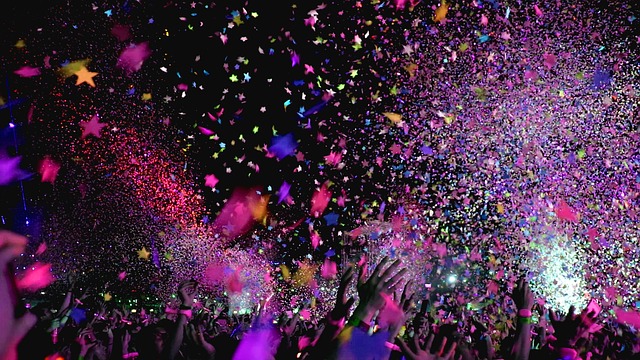
At its core, the experience economy is showing that once price becomes relatively stable and all our basic needs and wants are met, what follows are emotional and experiential needs. Imagine two cupcake shops side by side - one has a basic display of cakes and the other has cute signage, Instagram worthy cakes and a beautifully designed interior. Although the basic cupcake shop is cheaper overwhelmingly customers choose the more expensive cupcake shop. Why? Because the experience makes it worth it.
Experience is not just beautiful surroundings, it is about aspiration, emotion and connection. And our highly digital world has exacerbated this. As we have moved further and further into our digital lives, we seek more and more ways to connect to each other and find brands that value us and engage us.
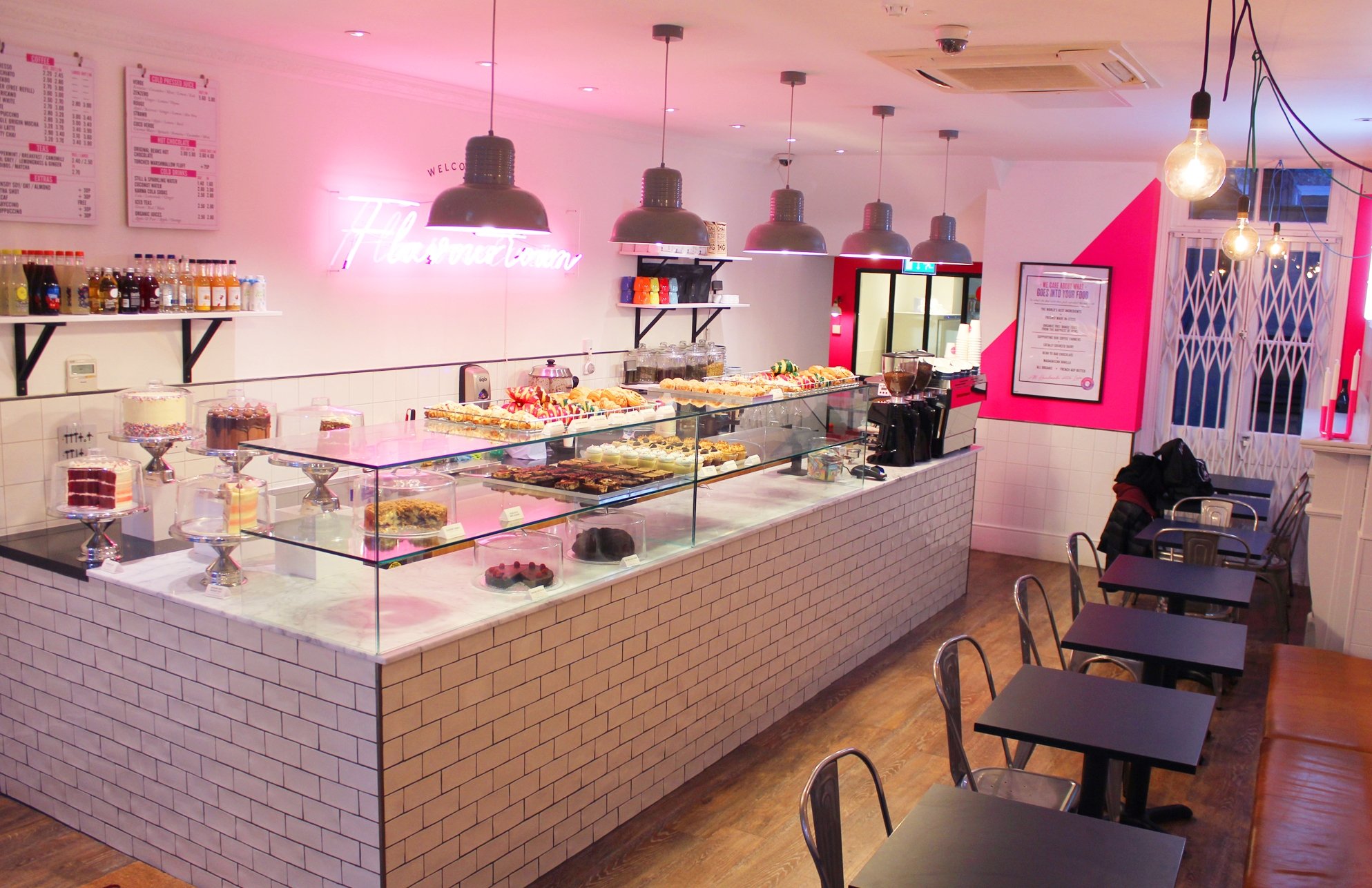
Memorable Events Not Just a Show
So what people want now is an experience—something memorable, something they can connect with, something that makes them feel like less of a walking wallet and more of a participant. They want to feel heard, valued and feel like their patronage means something.
In order to make this happen, you need to address this from two ends: your audiences and your staff.
Connection, Immediacy, Value
The hallmarks of our experience economy are a desire for connection, real-time gratification and the feeling that customers are valued and listened to. We’ll explore each one in turn and how the arts can benefit from each of these.
Let’s start with immediacy. The expectation nowadays is that I can browse and buy when and where I want. For arts patrons this is absolutely true. While of course there may be some debating and thinking prior to booking a show, the expectation of customers is that they can decide on heading to the theatre, research some options and book straightaway. They want a smooth, easy way to get what they want when they want it, regardless of what device they are using.
To that end it is important to ensure your booking platform has responsive design (meaning it can be used easily via any device or browser) and the purchase journey is easy to use. Features that allow you to cross-sell and upsell based on what the customer is looking at is also an advantage, and gives the booking journey a personalised feel.

And what about connection? Here the arts have a huge advantage. Your audiences are open to your messages - they want to communicate with you and hear your story. In an experience economy your story matters. It is the story that shapes feelings about a product or service and will become a large part of what people buy when they buy the product or service.
This connection can be a simple email thanking a first-time customer. It could be an email that sends along a discount to a long-time customer who just booked. Even a simple birthday message to a member. This does not have to be time-consuming either. For example, within Ticketsolve, you can set up automated workflows via our Mailchimp integration that will send these sorts of emails automatically.
There are other opportunities as well. If a customer, for example, orders interval drinks in advance, a small note with their drinks thanking them is a great personalised way to engage with customers. Or a thank you or special offer left of the seats of members goes a long way to help customers feel valued and connected with you.
There are a lot more opportunities of course for creating this connection - via social media, front of house and even through your fundraising campaigns.
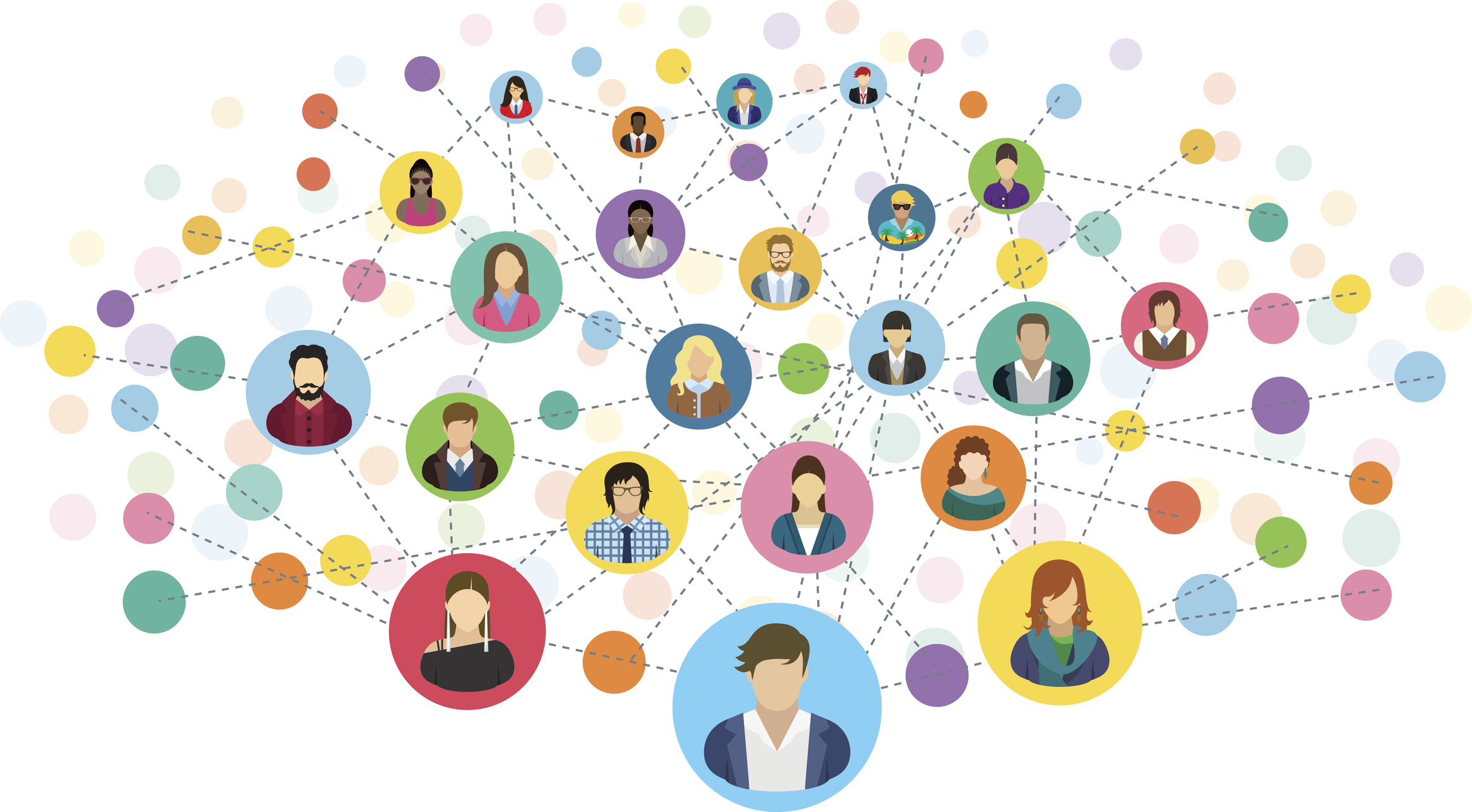
When you get to that customer connection and immediacy sweet spot your audiences will feel valued, and value their relationship with you.
Maximising the Experience Economy
We have talked before about data-driven thinking, persona-driven marketing and segmentation. These ideas are really crucial to succeeding in an experience economy. These strategies allow you to craft an authentic brand story but also allows you to communicate to your audiences in a personal and targeted way. Add in some smart automations like Ticketsolve’s Mailchimp integrations and you are well on your way.
Using your data to create your personas and segment your audiences will help you create messages that really engage with your audiences. That same data will also help you test ideas and fail fast - so you can move on to what does work for your audiences.
You’ll notice we still haven’t mentioned arts programming at all. This is the real crux of the experience economy. What brings in the audiences - repeatedly - is often those experiences and memories outside and around the show or event itself.
So what happens when:
-
You make your communications or interactions personal and really connect?
-
Your offerings are customised and specific to each audiences’ needs?
-
You reach them at exactly the right time?
Not only are they impressed, but they have also just experienced something so memorable and personalised that you have developed a much deeper relationship that will keep them coming back. This type of experience, designed to the needs and interests of the person, is no longer about saving time and great customer service; it is about time well spent.
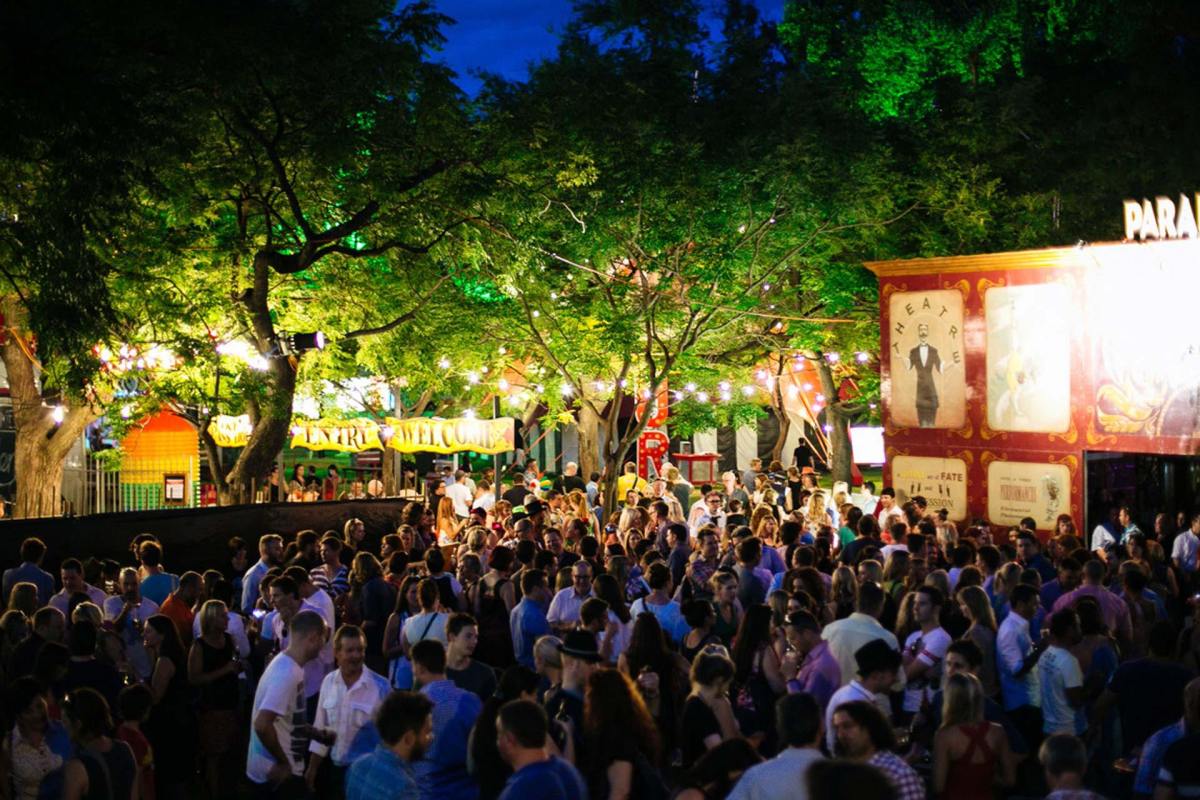
Staff Experience Matters
You can do all of the above flawlessly, and still not make the experience economy work for you. Because there are two sides to this: your audiences but also your people.
Thriving teams can deliver outstanding customer experiences. That means, that your teams - your people - must be a priority because those teams make up the organisational culture. And the organisational culture determines the customer experience.
So you need to have a solid staff experience which includes, culture, technology and the environment. A poor experience at work can lead to a lack of engagement which is detrimental across the board - it’s not just theory and happy thoughts. To really create a strong foundation for memorable customer experiences, it starts with your staff and their experience.
To us this is a no-brainer. At Ticketsolve, people are the backbone of everything we do. It’s why we work so closely with customers - seeking feedback and evolving Ticketsolve based on that feedback. It is why we have always focused on user-friendly design and why we are evolving our backend - we want to make the experience even more awesome both for arts patrons and the amazing theatres, venues and festivals that we get to work with.
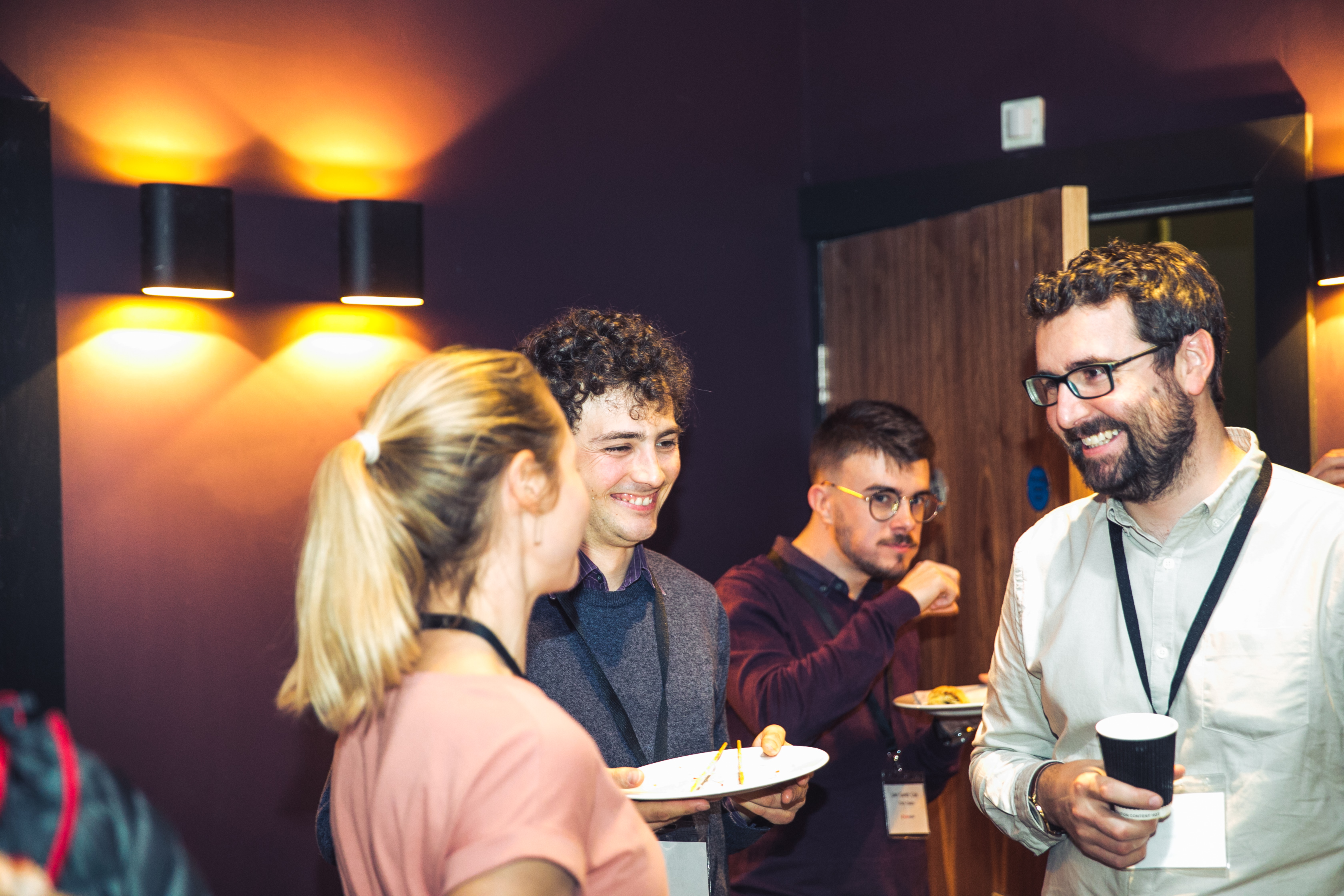
Categories
Recent posts
Archive
- December 2025 (2)
- November 2025 (1)
- October 2025 (3)
- September 2025 (1)
- August 2025 (3)
- July 2025 (3)
- June 2025 (3)
- May 2025 (4)
- April 2025 (5)
- March 2025 (5)
- February 2025 (4)
- January 2025 (4)
- December 2024 (3)
- November 2024 (5)
- October 2024 (4)
- September 2024 (7)
- August 2024 (5)
- July 2024 (3)
- June 2024 (3)
- May 2024 (3)
- April 2024 (3)
- March 2024 (4)
- February 2024 (5)
- January 2024 (3)
- December 2023 (3)
- November 2023 (4)
- October 2023 (4)
- September 2023 (5)
- August 2023 (3)
- July 2023 (4)
- June 2023 (4)
- May 2023 (5)
- April 2023 (4)
- March 2023 (4)
- February 2023 (5)
- January 2023 (4)
- December 2022 (4)
- November 2022 (3)
- October 2022 (4)
- September 2022 (5)
- August 2022 (2)
- July 2022 (4)
- June 2022 (5)
- May 2022 (4)
- April 2022 (5)
- March 2022 (3)
- February 2022 (4)
- January 2022 (4)
- December 2021 (2)
- November 2021 (3)
- October 2021 (5)
- September 2021 (4)
- August 2021 (4)
- July 2021 (3)
- June 2021 (4)
- May 2021 (2)
- April 2021 (4)
- March 2021 (5)
- February 2021 (4)
- January 2021 (5)
- December 2020 (4)
- November 2020 (4)
- October 2020 (5)
- September 2020 (5)
- August 2020 (4)
- July 2020 (7)
- June 2020 (5)
- May 2020 (5)
- April 2020 (5)
- March 2020 (8)
- February 2020 (4)
- January 2020 (5)
- December 2019 (3)
- November 2019 (5)
- October 2019 (4)
- September 2019 (4)
- August 2019 (5)
- July 2019 (4)
- June 2019 (4)
- May 2019 (5)
- April 2019 (4)
- March 2019 (4)
- February 2019 (3)
- January 2019 (5)
- December 2018 (4)
- November 2018 (8)
- October 2018 (2)
- September 2018 (3)
- August 2018 (5)
- July 2018 (4)
- June 2018 (4)
- May 2018 (1)
- April 2018 (1)
- March 2018 (3)
- February 2018 (2)
- December 2017 (2)
- November 2017 (3)
- October 2017 (4)
- September 2017 (2)
- August 2017 (1)
- July 2017 (5)
- June 2017 (3)
- May 2017 (2)
- April 2017 (3)
- March 2017 (2)
- February 2017 (3)
- January 2017 (3)
- December 2016 (4)
- November 2016 (1)
- September 2016 (1)
- July 2016 (3)
- June 2016 (1)
- May 2016 (2)
- April 2016 (2)
- February 2016 (1)
- January 2016 (3)
- December 2015 (2)
- September 2015 (1)
- August 2015 (2)
- July 2015 (1)
- June 2015 (2)
- May 2015 (2)
- April 2015 (5)
- March 2015 (2)
- February 2015 (2)
- January 2015 (4)
- December 2014 (3)
- November 2014 (3)
- October 2014 (2)
- September 2014 (3)
- August 2014 (3)
- July 2014 (3)
- June 2014 (7)
- May 2014 (6)
- April 2014 (3)
- March 2014 (2)
- February 2014 (1)
- January 2014 (3)
- December 2013 (1)
- August 2013 (1)
- June 2013 (1)
- April 2013 (1)
Sign up for regular updates


